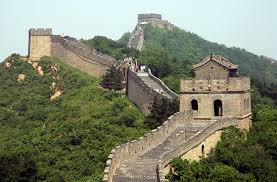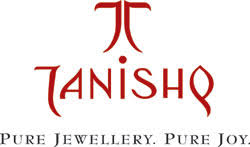Source :Moneylife :Aaron Rodrigues :May 17, 2010 06:53 PM
Insurance agencies are providing incentives to IFAs to get your contact details—everything from emails to cell phone numbers
You trust them with your money, you have faith in them as they will guide you to the right financial path, you believe in them as they are completely independent and loyal to their clients. These of course are your independent financial advisors (IFAs). However, we now learn that some of these IFAs are being wooed by insurance companies to part with your contact details.
Companies like Reliance, HDFC Life Insurance, SBI Life Insurance, Aviva Life insurance, Birla Sun Life Insurance and other insurance majors are understood to be inducing IFAs with incentives to get contact details of clients. These are either meant to locate new customers for unit-linked insurance plans (ULIPs) or, simply to poach customers from other insurers.
An IFA gets paid for his co-operation in providing other details of a competitor’s clients to an insurance company. All your details, right from your telephone numbers to email IDs, even residential addresses, are also provided to the insurance company.
This is all part of a desperate attempt by insurance companies to keep selling ULIPs after a very public brawl between the Securities and Exchange Board of India (SEBI) and the Insurance Regulatory and Development Authority (IRDA) brought ULIPs sales down to a trickle. Thanks to that imbroglio, many ULIP customers are worried about their investments and are having second thoughts of continuing with premium payments for a product plagued by high default rates. Insurers are trying to reach out to existing and potential customers to dispel doubts and fears.
Secondly, insurance companies need to find other ways to bring in new customers. It is not clear whether they can launch new ULIP products before the courts pick the winner of the SEBI-IRDA fight; so they have to sell more to their existing customer base and need to interact with them directly. Or they have to incentivise IFAs to lure investors from other insurance companies.
“Insurance companies have often come to us to either sell their ULIPs or ask for our contact list in order to create a greater database to sell them directly to the clients,” said a certified financial planner who wished to remain anonymous. He calls this “a routine affair.”
These deals are obviously not done transparently. “There is no paper trail or a black-and-white agreement,” says Neeraj Bahal, a certified financial planner (CFP), from Fasttrack Investments. Usually, an executive from an insurance company would meet an IFA and tell him about a chance for him to make some money by parting with his clients’ details for a fee. Depending on the deal, the IFA will either part with the data which the insurer uses to contact a potential customer; or, in some cases, the insurance executive will actually accompany the IFA to client meetings to sell a product. This enhances the credibility of the insurance product being sold.
We learn that many IFAs who sold mutual fund products are tempted by the kickbacks from insurance companies after their business was hit by SEBI's ban on entry loads. "Since mutual fund commissions were dwindling and distributors were affected, it created an opportunity for the sales of ULIPs,” said Harish Mohan, managing director, Time Financials (Chennai).
Some distributors have a different perspective. Jayant Vidwans, president of the Society of Financial Planners said, "Sharing of data with various organisations is not wrong.”
Not all IFAs are jumping in to grab the money. “If he is a serious advisor then he shouldn’t be selling his clients’ details. He shouldn’t do that as this is his bread and butter,” says Sumeet Vaid, founder and managing director, Freedom Financial Planners.
The function of an IFA is to provide the best possible financial option for his clients. However, when an IFA’s conduct is influenced by incentives, he becomes just like any other insurance agent and clients’ interests are compromised.








